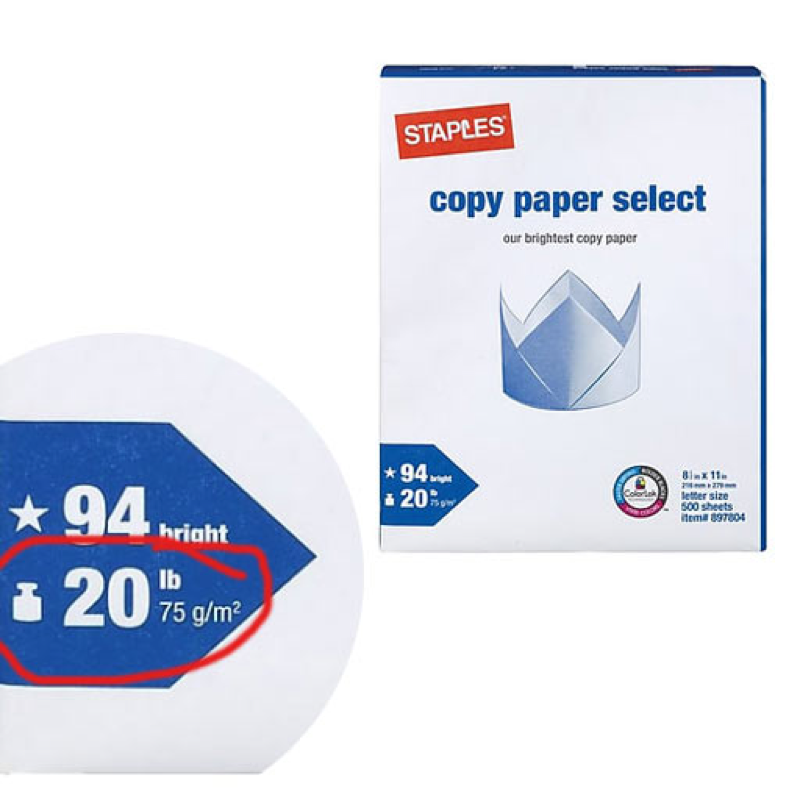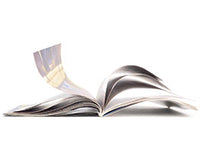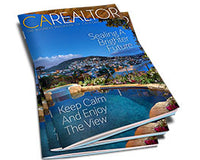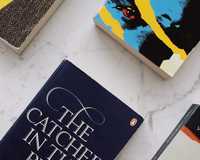The best graphic designers know the secret of beginning each project with paper in mind!
Choosing the right paper for your print job is just as important as choosing the right colors.
It’s true!
Your selection of paper will impact the life-long durability, production cost, as well as the immediate perception of your brand being cheap or luxurious. Amazing right?
Geez, do we take paper for granted?
First, paper is treated in different layers that can affect not only its appearance and texture, but also how the images will appear on it when printed. The surface layers can affect how much ink is absorbed and to deliver a cleaner and more accurate print.
So, How Do You Choose The Correct Paper For A Print Job?
Below you will find some characteristics of the different types of papers:
Glossy Paper:
• Has a high gloss and a very smooth surface.
• Available in various weights.
• Its finish gives the ink a high degree of dissolution.
• The ink dries well on the paper making the use of a varnish layer less likely.
Matte Paper:
• Hardly any shine and has very little brightness.
• Does not reflect light.
• Available in a wide range of weights (GSM).
• More opaque.
• Less consistent than glossy paper.
• Absorbs ink easier than glossy paper and therefore the images have very little distortion.
• More apt than glossy paper to use slightly fainter colors and with less contrast.
• For this type of paper it is recommended to use a varnish layer or UV coating.
Bond Paper:
Bond paper is for durable and high quality writing. It is similar to paper money but has a greater weight. The name comes from its origin, since it was made for documents such as government bonds.
Now it is used for letterheads, office documents or for electronic printing. It is optimal for the use of graphite or charcoal pencils, colored pencils and markers.
Bond paper may contain traces of fiber pulp which results in a sheet of paper that is stronger but rougher.
Cardstock:
Cardstock is a thick paper. According to ISO standards, cardstock is a paper with a basis weight over
224 GSM, but there are some exceptions. Cardstock can be one or several layers. It can be cut or molded easily, it is light and as it is resistant, it is also used for packaging. Another use that is given is for covers of magazines, books or postcard.
Coated Paper:
It is that paper covered by an external agent to increase its brightness and thus its printing properties.
For example, if PCC (precipitated calcium carbonate), Chinese clay, pigments or adhesives are applied, the tiny spaces between the fibers are filled and a flat and smooth surface is generated. This can improve opacity, luster and color absorption.
Several pallets and rollers ensure the uniform application of the coverage.
Types Of Paper Explained: Paper Weight
If you walk into any print shop or visit an online print shop, you’ll be asked about the lb of paper you’d like to use. Pounds of paper?
Paper Pounds Explained
Paper is measured in pounds per 500 sheets. Here’s where it gets confusing. The standard size of the paper varies brand to brand and can be 17” x 22” or 35” x 23”, etc. The weight of these 500 sheets determines the paper’s weight.
This photo should put paper poundage in perspective:
Let’s look at the most common office copy paper. The basic pack of 500 sheets of standard copy machine paper is 20 lbs. This should give you an immediate correlation between paper thickness and weight.
Here’s Some General Paper Pound Recommendations:
• Standard copy paper: 20 lb bond (50 lb text)
• Thin Brochure: 28 lb bond / 70 lb text
• Brochure: 100 lb text
• Manilla folder / Divider: 110 lb Index
• Thin business card: 80 lb cover “cardstock”
• Premium brochure: 100 lb cover “cardstock”
• Flyer/ business card: 114 lb cover “cardstock”

Now that you know what kind of paper to use, it is time to think about the different finishing options.
Here is a list of the most popular paper finishes:
Laminate
The laminate offers substantial protection to printed works. Protects against water and makes the paper last longer. You can choose between a matte or glossy laminate to give your business cards or brochures a different touch.
Lifted Printing / Embossed Printing / Stamping
The process of creating a raised impression is a specialized technique that involves applying a fine powder to wet ink, followed by exposure to heat. This method instantly produces a tactile relief effect, allowing you to feel the texture of the text or design on the card, not just see it. However, it's important to note that this effect can only be applied to one side of the card or paper.
Incorporating embossed printing into your materials adds a touch of elegance and transforms their overall appearance, making a lasting impression on your clients. It lends an original and sophisticated look, thereby enhancing your brand image.
Furthermore, the technique of stamping results in a striking metallic finish, perfect for capturing attention in products like wedding invitations, personalized office supplies, gift cards, leaflets, and presentation folders. You have the option to choose from various metallic finishes, including black, gold, holographic, and silver, each adding a unique and eye-catching element to your printed items.
Consult Your Printer Early - We’re Here To Help!
Still confused how to choose the right paper for printing?
With so many paper options, we know it can be overwhelming.
We’re happy to print your project! If you want to be matched to the appropriate type of paper for your print job as well as cost and production time, give us a call: 1-888-224-5001 or visit us at https://printstarbooklets.com/
Once you have the right paper selected, download one of our print templates and get your next print project started right.





